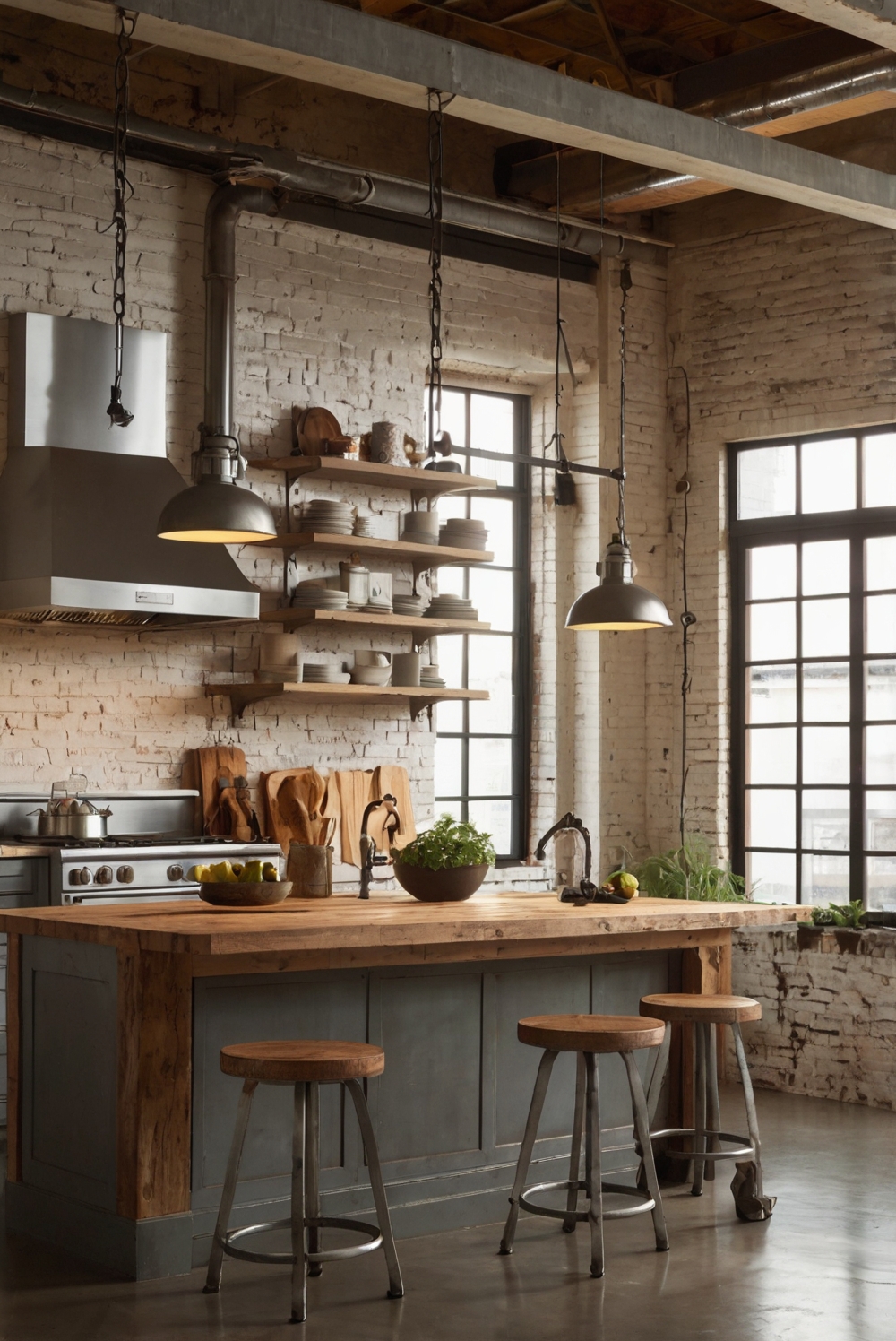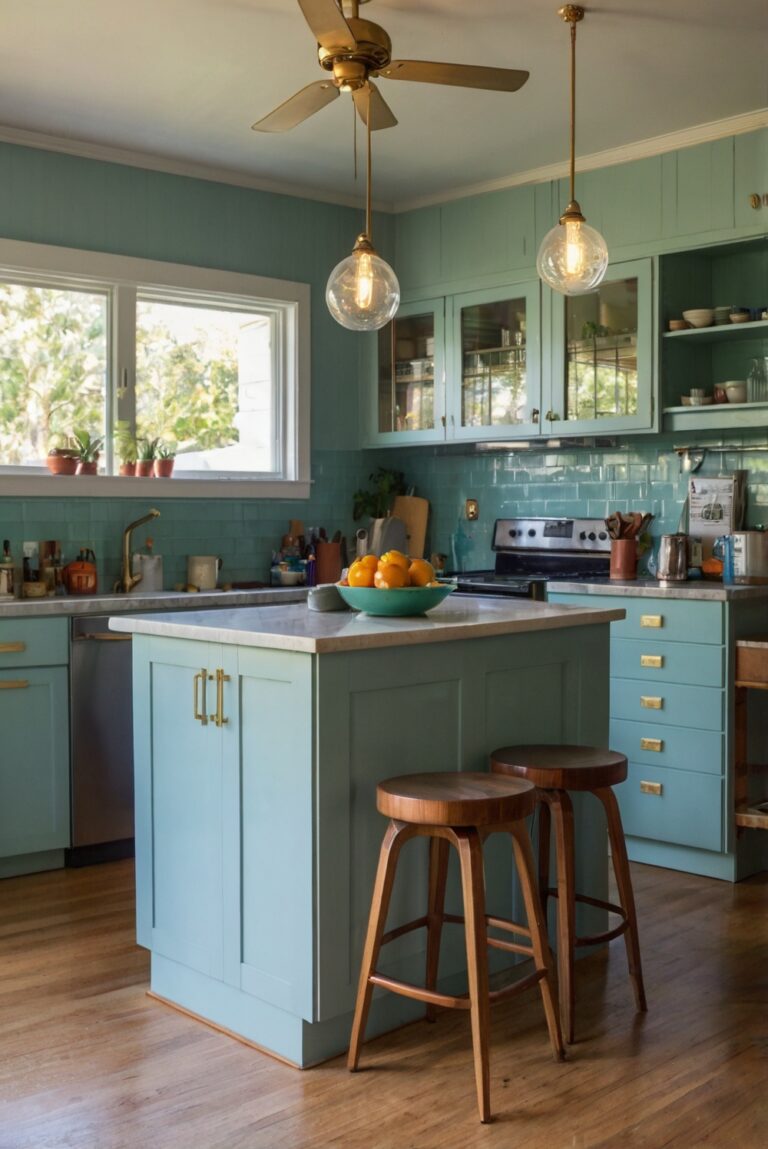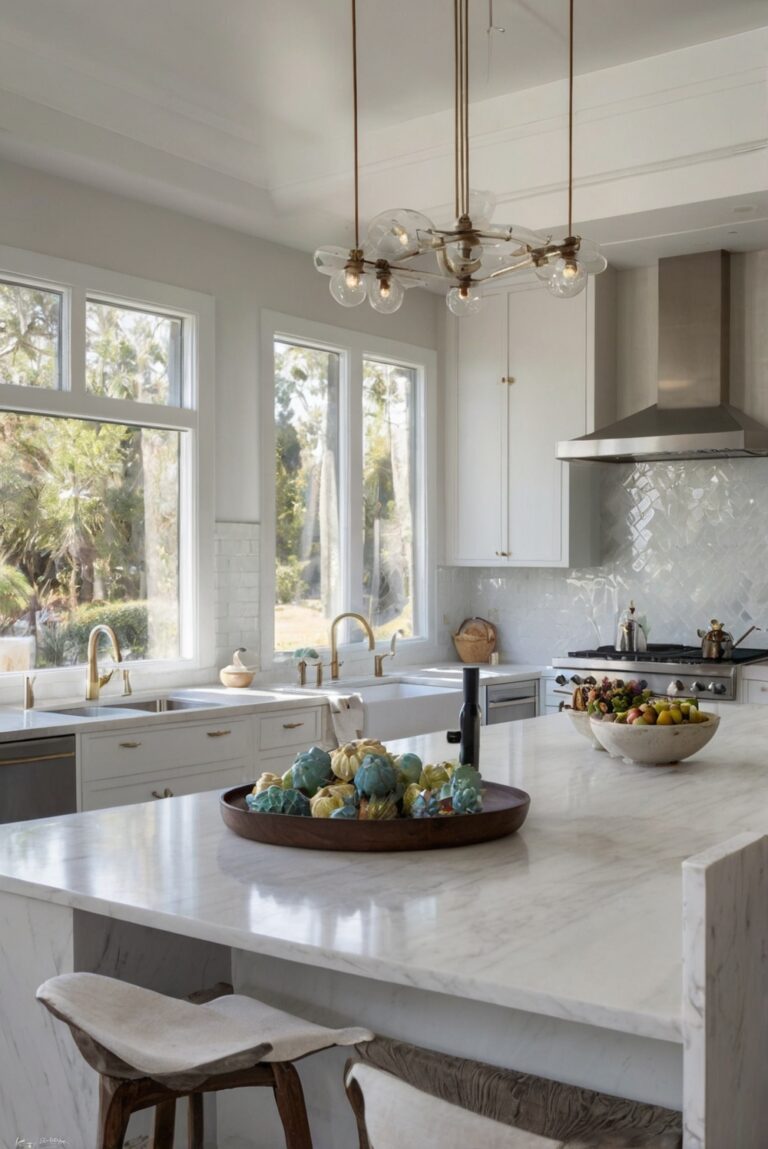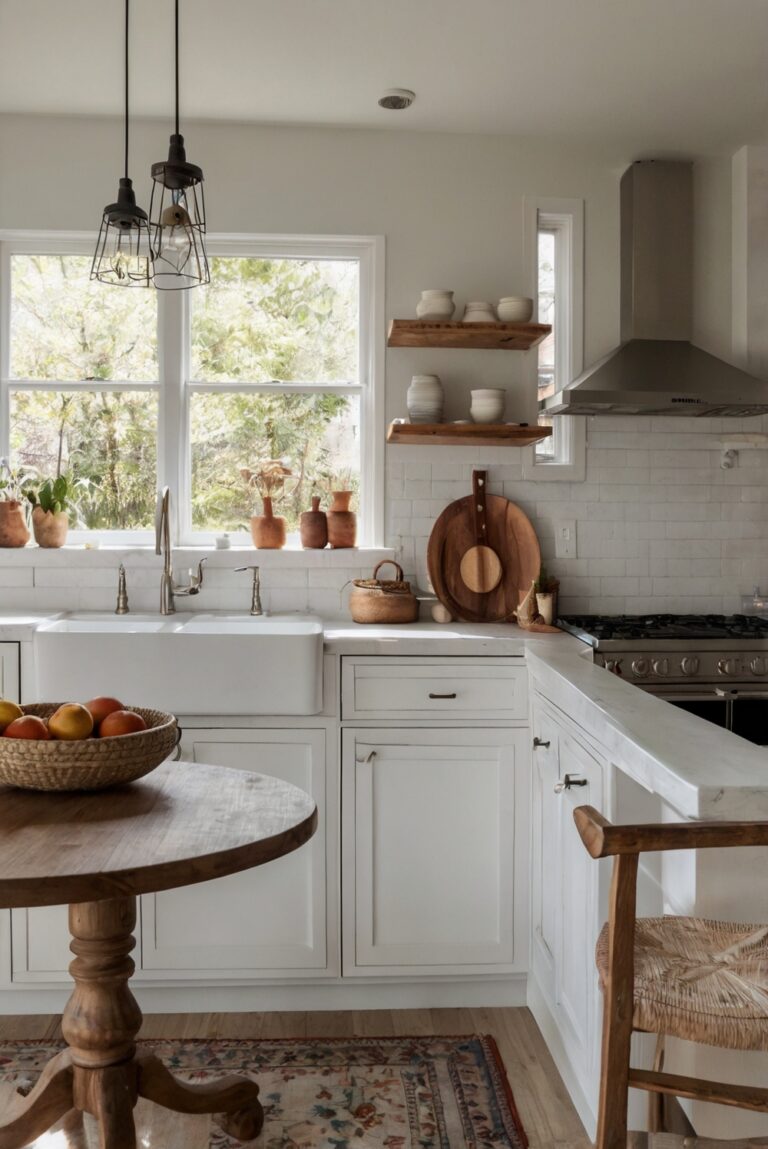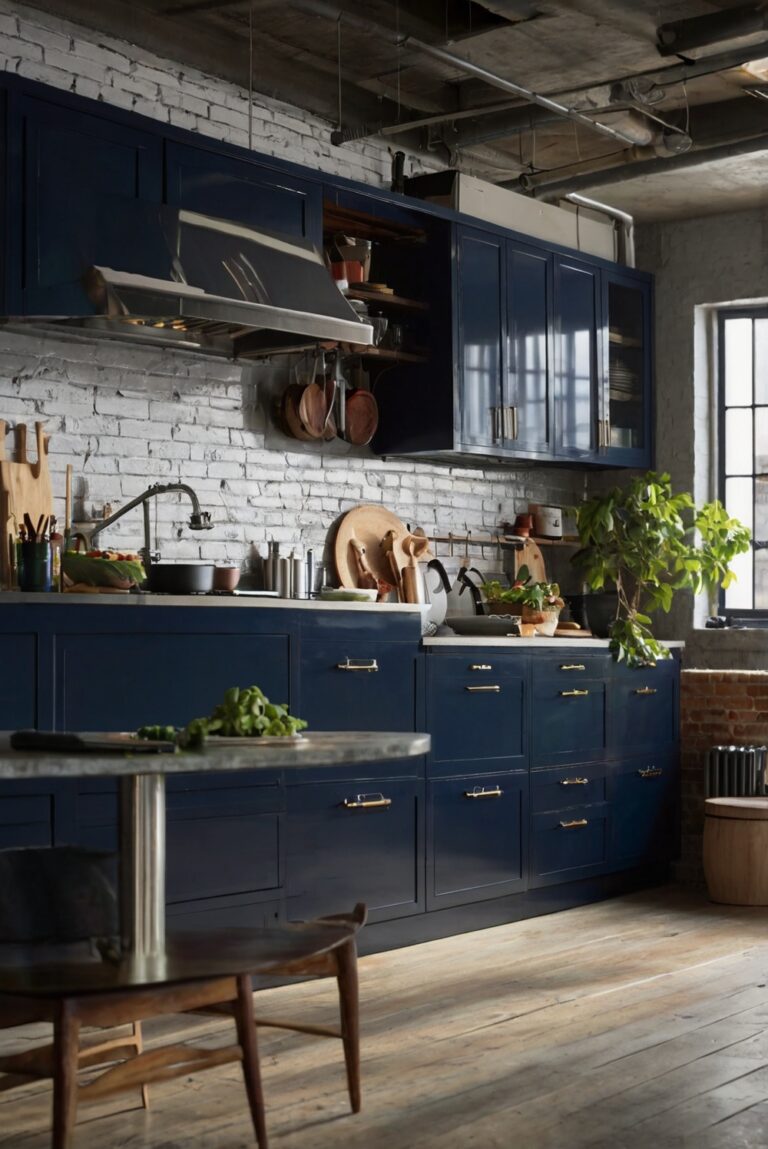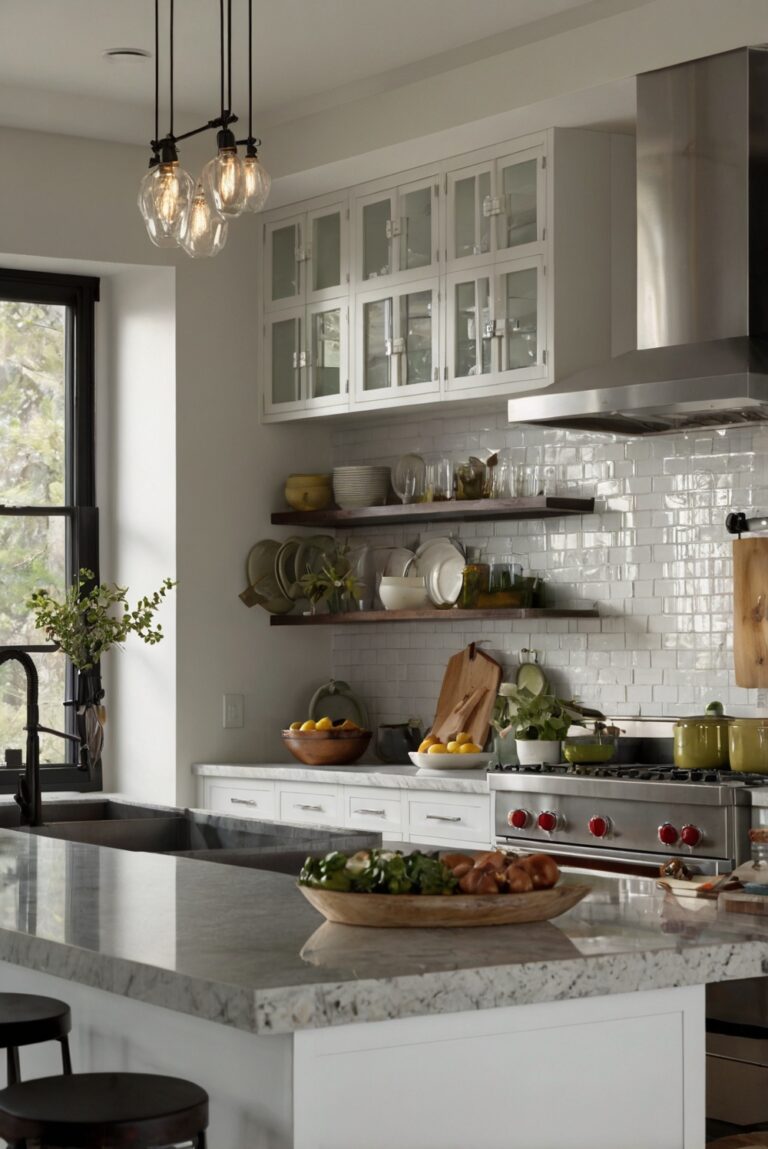How to incorporate geometric tiles into your kitchen backsplash?
Enhance your kitchen with stunning geometric tiles by following our daily routine for interior designers. Learn how to seamlessly incorporate them into your backsplash design.
To incorporate geometric tiles into your kitchen backsplash, start by selecting a design that complements your existing kitchen decor. Consider using a mix of different shapes and colors to create a visually engaging pattern. Geometric tiles can add a modern and stylish touch to your kitchen while also providing a durable and easy-to-clean surface.
When incorporating geometric tiles into your kitchen backsplash, it’s important to ensure proper installation to prevent any issues like uneven alignment or grout problems. It is recommended to use a professional installer to guarantee a flawless finish. Additionally, make sure to choose high-quality tiles that are suitable for kitchen use to avoid any maintenance issues later on.
By following these steps and being mindful of the design and installation process, you can seamlessly integrate geometric tiles into your kitchen backsplash, elevating the overall look of your home decor interior design.
Geometric Tiles in Kitchen Backsplash
Geometric tiles in kitchen backsplash can add a touch of modernity and sophistication to your space.
Here are some ways to effectively incorporate geometric tiles into your kitchen backsplash:
Choose the Right Pattern:
When incorporating geometric tiles into your kitchen backsplash, the first step is to choose the right pattern.
Consider bold and vibrant patterns to make a statement or opt for more subtle designs for a timeless look.
Select the Appropriate Color Scheme:
Color plays a crucial role in the overall aesthetic of your kitchen backsplash.
Choose colors that complement your existing kitchen decor and create a harmonious look.
Experiment with Different Shapes:
Geometric tiles come in various shapes, including triangles, hexagons, and diamonds.
Experimenting with different shapes can add visual interest and dimension to your kitchen backsplash.
Consider Mixing and Matching:
For a unique and personalized look, consider mixing and matching different geometric tiles.
Combining different patterns and colors can create a one-of-a-kind backsplash that reflects your style.
Ensure Proper Installation:
Proper installation is key to the success of your geometric tile backsplash.
Hire a professional installer or follow detailed instructions to ensure a flawless finish.
Geometric tiles can transform your kitchen backsplash into a focal point of your space.
By following these tips, you can incorporate geometric tiles seamlessly into your kitchen design.
### How can geometric tiles enhance the look of your kitchen backsplash?
Geometric tiles are a popular choice for kitchen backsplashes as they add visual interest and a modern touch to the space. By incorporating geometric tiles into your kitchen backsplash, you can create a unique focal point that complements your overall kitchen design. The clean lines and patterns of geometric tiles can help to create a sense of harmony and balance in your kitchen, making it a more inviting and stylish space. Additionally, geometric tiles come in a variety of colors and shapes, allowing you to customize your backsplash to suit your personal style and taste.
### What are some popular geometric tile patterns for kitchen backsplashes?
There are several popular geometric tile patterns that can be used to create a stunning kitchen backsplash. Some of the most popular patterns include herringbone, chevron, hexagon, and arabesque. These patterns can be used in a variety of ways to create different looks, from subtle and sophisticated to bold and eye-catching. Additionally, mixing and matching different geometric tile patterns can create a dynamic and visually interesting backsplash that adds depth and dimension to your kitchen design.
### How to choose the right geometric tiles for your kitchen backsplash?
When choosing geometric tiles for your kitchen backsplash, it’s important to consider the overall style and color scheme of your kitchen. Opt for geometric tiles that complement the existing elements in your kitchen, such as your countertops, cabinets, and flooring. Additionally, consider the size of your kitchen backsplash and the scale of the geometric tiles to ensure they fit seamlessly into the space. It’s also a good idea to take into account the maintenance requirements of the tiles, as some geometric tiles may be more prone to staining or chipping than others.
### What are some tips for installing geometric tiles in a kitchen backsplash?
Installing geometric tiles in a kitchen backsplash can be a DIY project, but it’s important to take your time and follow the proper steps to ensure a professional-looking result. Start by preparing the surface of your backsplash and laying out the tiles in your desired pattern. Use a high-quality adhesive to secure the tiles to the wall, making sure to evenly space them and maintain a consistent grout line. Once the tiles are in place, apply grout to fill in the gaps between the tiles and wipe away any excess grout with a damp sponge. Finally, seal the grout to protect it from staining and moisture.
### How to maintain and clean geometric tiles in a kitchen backsplash?
To keep your geometric tiles looking their best, it’s important to properly maintain and clean them on a regular basis. Use a mild detergent and warm water to clean the tiles, avoiding harsh chemicals that can damage the surface. For tougher stains, you can use a non-abrasive cleaner or a mixture of baking soda and water to gently scrub the tiles. It’s also a good idea to seal your geometric tiles periodically to protect them from moisture and staining. Additionally, avoid using abrasive sponges or scrub brushes on the tiles, as this can scratch the surface and dull their appearance.

